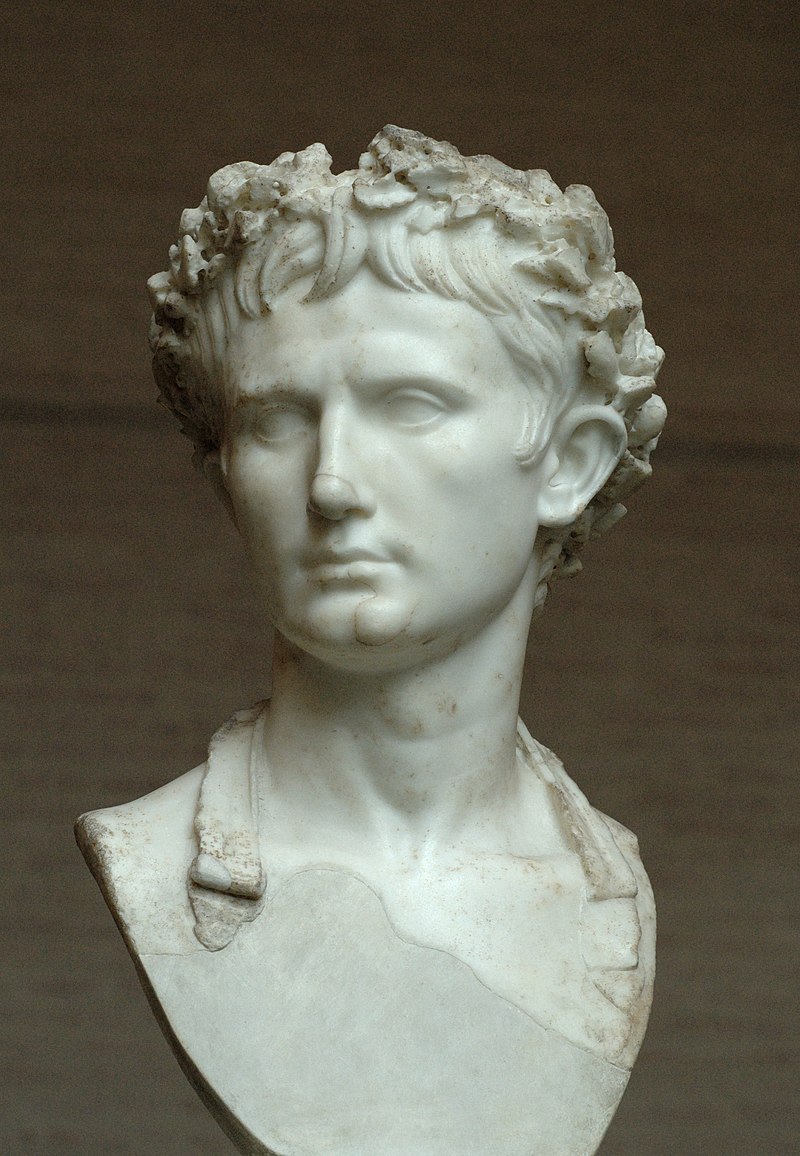When Octavian was 19 Julius Caesar was assassinated and in his will Octavian was anointed his successor. Julius Caesar had proclaimed himself dictator for life which made the Roman senate decide to assassinate him. After this the senate decided to rally around Octavian planning to take advantage of him because he was young, get rid of Mark Antony and then get rid of Octavian. Octavian realized that this was what the senate was planning so he rounded up two legions of soldiers with some of his inherited money. At first people did not know what Octavian was going to do with these soldiers. Then Octavian marched to Rome and successfully defeated Mark Antony there.

After the second triumvirate was established, which resulted in the death of Mark Antony, Octavian was faced with a difficult position. He knew that if things went back to the way had been, with the senate tribunes and consuls, that things would fall back into civil war. But if he took obvious dictatorship of Rome like Julius Caesar did, that the senate would be unhappy and could revolt. He decided to take the position as consul in the Roman government and was in that position for many years. Gradually more and more powers were given to him giving a more centralized government. During all this time the illusion was maintained that things had just gone back to the old days of the republic even though Octavian was the one in charge of the government. In 27 BC he was given the name Augustus by the senate which linked him to divinity. Augustus himself however preferred the name priceps or first citizen.

